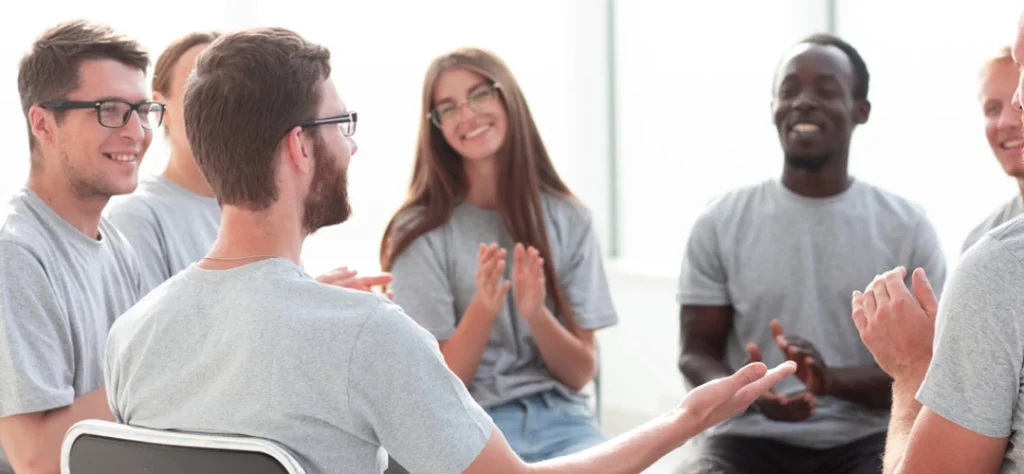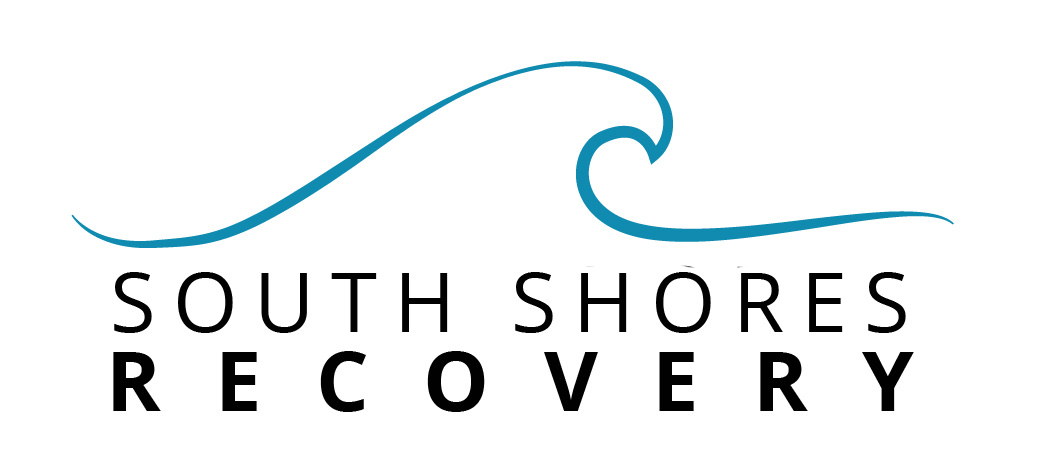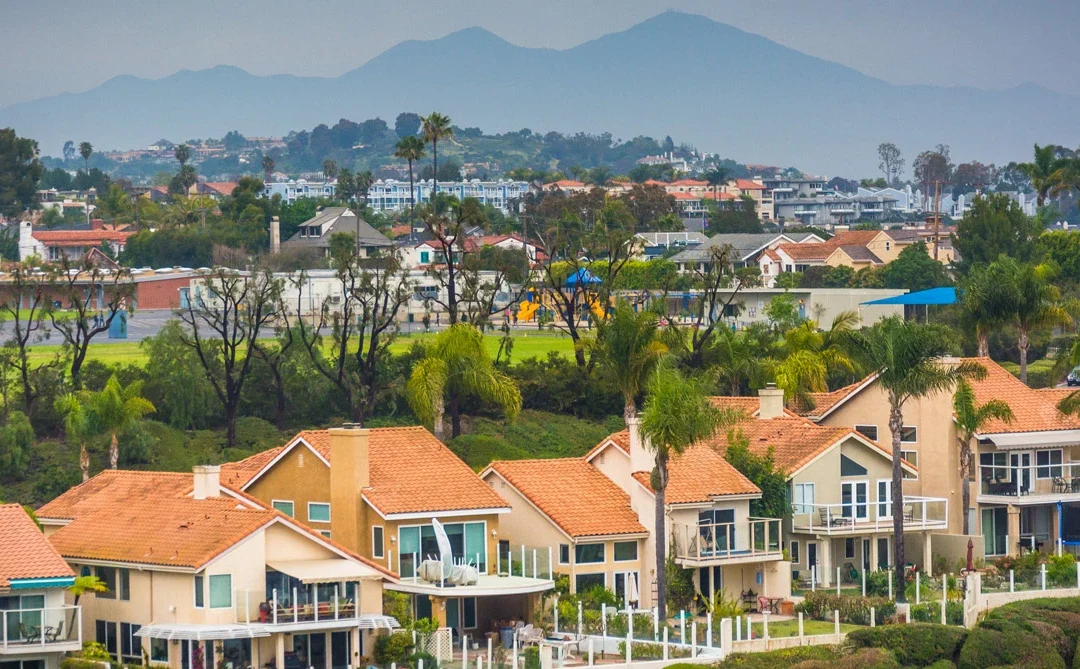Getting 12 Step Sober Support in Southern California
Over the years, Orange County has seen its fair share of different aftercare programs that help those fresh out of a recovery program and other alcoholics continue to stay sober – and help those still actively engaged in alcohol abuse actually stop drinking.
You could build a pretty substantial list if you covered the varying types of meeting options for those in recovery – ranging from halfway houses, medication-assisted treatment, and other groups who meet to talk about life and refrain from alcohol use.
Orange County AA meetings can be a great source of support for continuing sobriety, and for those seeking a firm foundation from which to attend AA and other types of peer support, South Shores Detox and Recovery offers dedicated alcohol detox and treatment programs of all kinds.
But let’s back up a bit: if you’ve never been to an AA meeting, and you or someone you love suffers from alcohol abuse disorder, the Orange County area currently offers multiple Alcoholics Anonymous options to help before, during, and after treatment.
In this article, we’ll highlight this powerful aftercare strategy, and how it’s helping South Shores clients maintain their positive momentum after they exit treatment.
What Is Alcoholics Anonymous?
One method that remains a positive force for recovery is Alcoholics Anonymous, otherwise known as AA meetings, in Orange County. Unfortunately, since the pandemic, many users looking to enter recovery have missed out on the benefits of Alcoholics Anonymous.
However, the nationwide group has done an excellent job of allowing members to use the perks of an online meeting platform. Currently, it’s not uncommon for active members to engage over a Zoom meeting – allowing those in Orange County who are unable to meet in person because of restrictions, and even transportation issues.
Alcoholics Anonymous is a set of group meetings that takes place in California and other places nationwide. AA meetings in Orange County happen at several different locations – although you’d normally find them at places like a First Presbyterian Church or other community centers funded by the city or county.
Each separate event places a meeting list somewhere visible to notify other members about subsequent AA meetings in Orange County at that location or alternative meeting places throughout the area.
How Did AA Come Into Existence?

The program started in 1935 in Akron, Ohio as the result of a meeting between Bill W. and Dr. Bob S. Both were struggling with severe alcoholism and were in contact with the Oxford Group, a abstinence-based alcoholic organization that placed heavy emphasis on universal morals and ethics enacted in everyday living. A man named Dr. Samuel Shoemaker led the Oxford Groups during that period.
With the help of a friend – led by the guidance of his spiritual higher power, Bill was able to achieve sobriety. He continued on his path and began helping other people who suffered from alcoholism achieve the dream of recovery.
In the meantime, Dr. Bob wasn’t having much success with his Oxford Group – until he met Bill. The impact Bill had on Dr. Bob was life-changing, as he had never met anyone to conquer alcoholism.
Bill taught Dr. Bob that alcohol use disorder was a mixture of an affliction of the mind, emotions, and physical body. Prior to this, Dr. Bob never considered alcohol use disorder might potentially be classified as a chronic disease. After shifting his point of view, thanks to the input of Bill, Dr. Bob was finally able to achieve lasting recovery.
After deciding to work with patients at the Akron Ohio City Hospital, their first patient quickly entered recovery as well. It was these three men who would go on to create the foundation of the program – but the name wouldn’t come until later. The rest, as they say, is history.
The Power of Orange County AA Meetings
During a meeting at the program, everyone in attendance is encouraged to tell the others about their experiences with alcohol. These shared stories may include tales of success, failure, and everything in between. This modality allows participating members to get their innermost feelings out into the open and find security and encouragement from people who have experienced the same events.
At any of these groups in Santa Ana or elsewhere, the game plan used is largely the same. The groups that meet help participants through an outline – or set of steps they must follow to maintain sobriety.
What Purpose Do the 12 Steps Serve in AA?

The principle foundation of any meeting location is outlined in the 12 Steps and 12 Traditions. It’s these steps that provide a framework, or path for members to walk and help them remain sober and mend all the issues alcohol has caused in their lives.
The 12 Steps act as the initial instruction that helps individual members craft their personal road to recovery. These are laid out based on certain moral and spiritual decisions the user must make and face along their journey.
The 12 Traditions help to extend the impact of the program, outlining how leaders must operate in meetings and dictate the dynamic between them and participants.
Getting to AA Meetings In Orange County
In Orange County, AA meetings happen on a large scale. You’ll find larger meetings at places like the First Presbyterian Church as we mentioned earlier – and even bigger parking lot-style meetings when the weather is nice. No two meetings are the same, as leadership is different, as is the attendance pool.
There are different styles of meeting in Santa Ana and surrounding areas – depending on the type of person you are and what you’re comfortable with. Generally, your meetings are designated as follows:
- Open Meeting: Anybody interested in AA as a whole is invited to join at these types of meetings. This means friends and family members of those who wish to become sober are allowed as well.
- Closed Meetings: Only the individual suffering from alcohol use disorder who ACTIVELY wishes to become sober are invited to these meetings.
- Speaker Meeting: During these meetups, each member is encouraged to stand up and speak about their experiences regarding alcohol use disorder and recovery.
- Discussion-Based: These meetings include a specific topic the group talks about, taking turns engaging one another one by one.
For many, attending that first AA meeting can be overwhelming – even downright stressful. However, receiving peer support and motivation can be a decision that could permanently alter the course of your life for the better.
Finding the Courage to Attend Take the First Step

As you begin down your path to sobriety, it takes a lot of courage to maintain forward progress. It’s vital that you always keep in mind that it’s never a solo mission – this is the point of Alcoholics Anonymous in the first place. Having a supportive network of peers experiencing an identical situation helps hold you – and them – accountable.
Remember, it’s not just the other members who are helping you – you are just as important of a component in the program as they are. Stay in the mindset that reminds you that they need you as much as you need them. Mutual success is the fuel that drives the program.
What’s the Purpose of a Sponsor?
Each member at an AA meeting will have a sponsor. The sponsor is either the person who first brought you to the meeting, or a person you meet after you begin attending who you can call at any time when you begin to feel like you’re losing strength and conviction.
A sponsor is someone who is intimately familiar with the 12 Steps and how the program works. They’ve likely been in recovery for several years, have continued to work the program for a number of consecutive years, and are secure in their current stage of recovery.
One individual may sponsor several people in the program and will carry out tasks such as:
- Contacting the individual to ensure they’re in a positive state of mind and continuing to make progress
- Ensuring the people they sponsor have rides to meetings
- Help those they sponsor achieve employment or mend other personal matters
- Be on call when the person they sponsor feels like they may relapse – if for nothing more than moral support via phone
- Most sponsors have active sponsors themselves – it’s an important chain in the program.
Why Choose AA Following Treatment at South Shores?

AA has a number of benefits for those interested in participating during or after treatment:
- Excellent source of moral support
- A great way to interact with like-minded individuals
- Holds you accountable
- Allows you to help others
- A track record of success for those who work the program
South Shores: Get a Solid Footing for Sobriety Now
During your time at South Shores Detox and Recovery, we can help prepare you to find the AA group that’s right for you. Whether you participate in inpatient or outpatient, we network with multiple groups in the Orange County area, allowing us to prepare you for aftercare, and even get help during treatment as an additional support resource.
For more information, contact a member of our team today, and get a confidential consultation started that can offer proven options for getting sober with our support!


Recent Comments